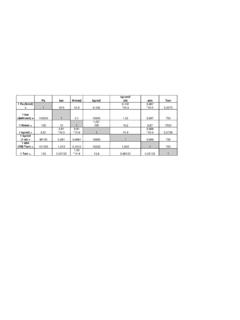
100Kpa To Bar Iso All Stainless
Our unit converters includes conversions for: volume, weight, length, temperature, etc.The bar, decibar (symbol dbar), centibar (symbol cbar) and millibar (symbol mbar or mb) are defined as:Afriso All Stainless Steel pressure gauges 50mm, 63mm and 100 mm. Here you can find how many bar are in 100 kilopascal, as well as, in any quantity of kilopascal. They can measure up to 2x the atmospheric pressure(29.4psi), so that means it can measure up to 14.7psi boost (the atmosphere is 14.7psi + 14.7psi from the turbo/supercharger). 2 Bar MAP Sensors are used on forced induction vehicles (Turbo & Supercharged). 1 Bar MAP sensors are used on NA (naturally aspirated) vehicles.


100 kPa to meter of head 10.19977 meter of head. 75 kPa to meter of head 7.64983 meter of head. 50 kPa to meter of head 5.09989 meter of head. 40 kPa to meter of head 4.07991 meter of head. 30 kPa to meter of head 3.05993 meter of head.
For example, the weather office of Environment Canada uses hectopascals on their weather maps. After the advent of SI units, some meteorologists began using hectopascals (symbol hPa) which are numerically equivalent to millibars. People and animals, who live at high altitudes, for Although millibars are not an SI unit, meteorologists and weather reporters worldwide have long measured air pressure in millibars. Atmospheric pressure decreases with the increase in altitude.
Thus, the absolute pressure of any system is the gauge pressure of the system plus atmospheric pressure.Absolute pressures expressed in bar are often referred to as bara, whereas gauge pressures expressed in bar are often referred to as barg.In the United States, where pressures are still often expressed in pounds per square inch (symbol psi), gauge pressures are referred to as psig and absolute pressures are referred to as psia. However, absolute pressures are zero referenced to a complete vacuum. Absolute pressure and gauge pressureBourdon tube pressure gauges, vehicle tire gauges and many other types of pressure gauges are zero referenced to atmospheric pressure, which means that they measure the pressure above atmospheric pressure. As a result, decibars are commonly used in oceanography.Many engineers worldwide use the bar as a unit of pressure because, in much of their work, using pascals would involve using very large numbers. Specifically, an increase of 1 decibar occurs for every 1.019716 metre increase in depth close to the surface.
Other pressure units Pressure UnitsExample reading: 1 Pa = 1 N/m 2 = 10 −5 bar = 9.8692×10 −6 atm = 7.5006×10 −3 torr, etc. One recommended way of doing so is to spell out what is meant, for example as bar gauge or kPa absolute. However, in truth, whenever a pressure is expressed in any units (bar, Pa, psi, atm, etc.), it should be denoted in some manner as being either absolute or gauge pressure to avoid any possible misunderstanding.


 0 kommentar(er)
0 kommentar(er)
